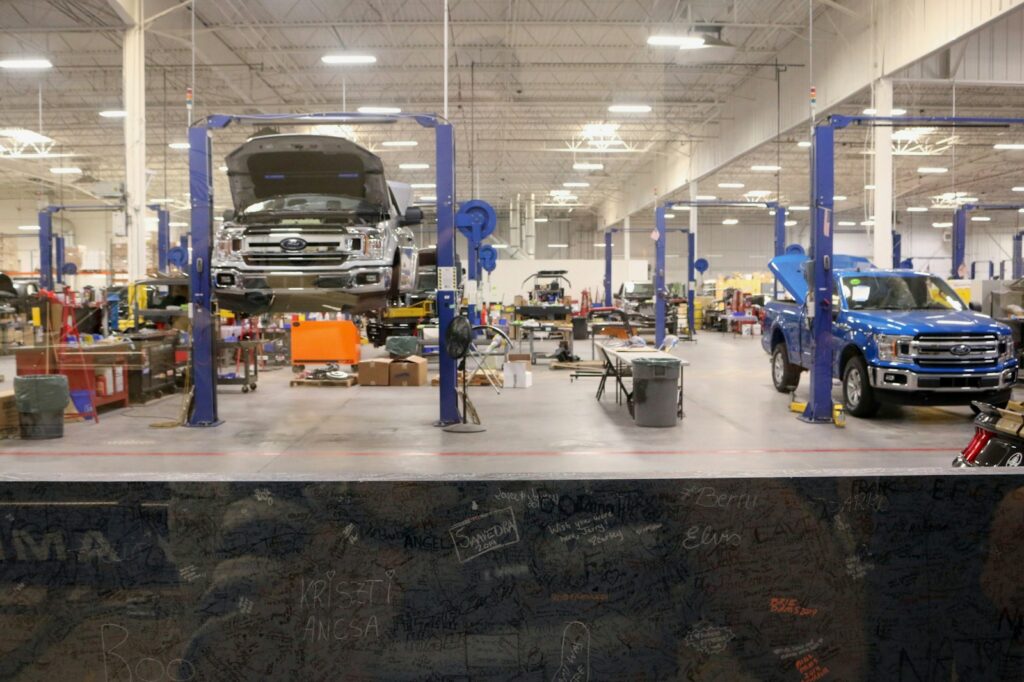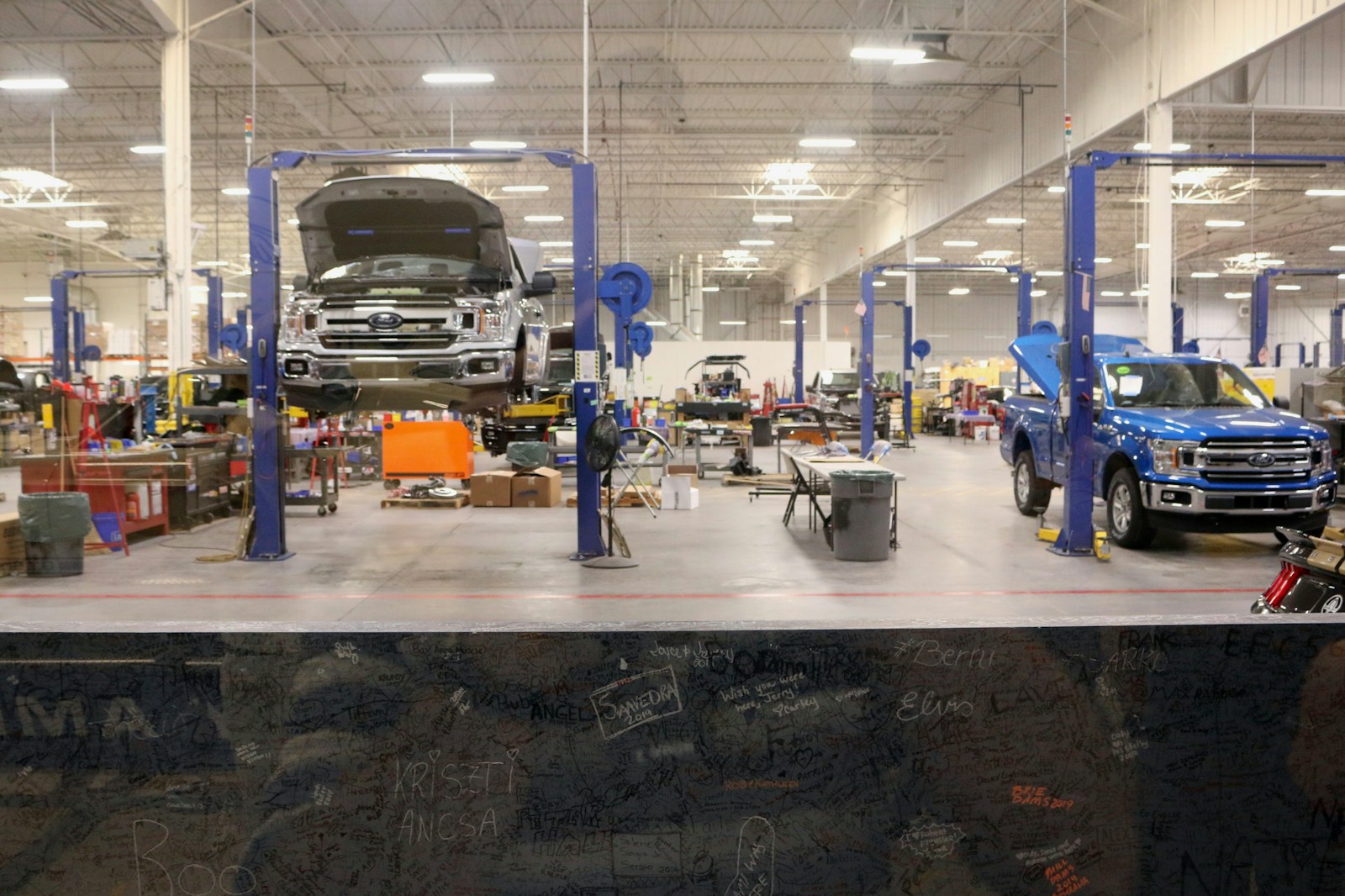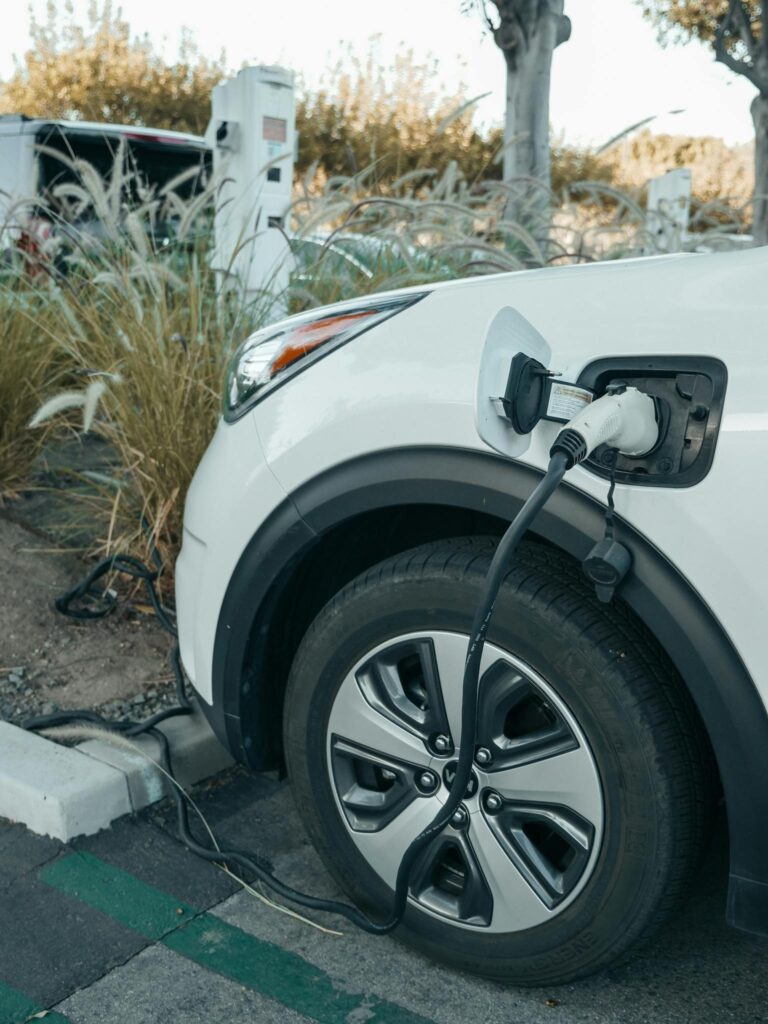Check Engine Light On? Here’s What It Really Means
That dreaded orange glow on your dashboard can turn any drive into a stress-filled journey. Whether you’re commuting to work or heading out on a road trip, seeing your check engine light illuminate is never welcome news. But before you assume the worst (or choose to ignore it), it’s crucial to understand that this warning light is actually a sophisticated diagnostic tool designed to help protect your vehicle – and your wallet. In this comprehensive guide, we’ll decode what your check engine light is trying to tell you, explore the most common reasons it appears, and provide clear, actionable steps you can take to address the issue properly. With the right information and approach, you can transform this anxiety-inducing situation into a manageable maintenance opportunity.
- 20% of vehicles on the road have an active check engine light
- Average repair cost: $200-600
- Most common causes are often simple fixes
- Ignoring the warning can lead to costlier repairs

Understanding Your Check Engine Light: More Than Just a Glowing Symbol
When that amber warning illuminates on your dashboard, it’s easy to feel a surge of anxiety. The check engine light (CEL) is one of your vehicle’s most important communication tools, yet it’s also one of the most misunderstood warning signals in modern automobiles.
Unlike other dashboard warnings that have specific meanings (like low oil pressure or an open door), the check engine light serves as a general alert from your vehicle’s sophisticated onboard diagnostic system. Think of it as your car’s way of saying, “Hey, something’s not quite right, and you should have it checked out.”
The light itself can communicate in two distinct ways: a steady glow or a flashing warning. A steady light typically indicates a non-emergency situation that should be addressed during your next service appointment. However, if you notice the light flashing, it’s your vehicle’s way of signaling a severe problem that requires immediate attention – usually a catalyst-damaging misfire that could lead to expensive repairs if ignored.
Modern vehicles are equipped with complex Engine Control Units (ECUs) that monitor dozens of sensors throughout your car. When any of these sensors detect a reading outside of normal parameters, the ECU stores what’s known as a Diagnostic Trouble Code (DTC) and illuminates the check engine light to alert you.
Quick Take:
- Steady Light: Schedule a check-up soon
- Flashing Light: Seek immediate service
- Purpose: Alerts you to emissions or performance issues
- Severity: Can range from minor to serious
Remember, while the check engine light might seem like a mysterious harbinger of doom, it’s actually a helpful diagnostic tool designed to prevent minor issues from becoming major problems. In the following sections, we’ll explore the most common triggers for this warning light and exactly what steps you should take when it appears.
Common Reasons Your Check Engine Light Is Illuminated
A check engine light can illuminate for dozens of different reasons, ranging from something as simple as a loose gas cap to more serious engine complications. Based on data from millions of vehicle diagnostic reports, here are the most frequent triggers you’re likely to encounter.
Faulty Oxygen (O2) Sensor
One of the most common triggers is a malfunctioning oxygen sensor (Code P0171 or P0174). This component monitors the amount of unburned oxygen in your vehicle’s exhaust system. When it fails, your engine can burn more fuel than necessary, reducing fuel economy by as much as 40%. Replacing a faulty O2 sensor typically costs between $200-$300 and should be done promptly to avoid catalyst damage.
Loose or Damaged Gas Cap
Believe it or not, a loose, damaged, or missing gas cap (Code P0455) is another frequent culprit. Your fuel system is pressurized, and a compromised gas cap allows fuel vapors to leak out, throwing off the whole system. The good news? This fix usually costs less than $20 and takes just a few minutes to resolve.
Catalytic Converter Issues
A failing catalytic converter (Code P0420) is a more serious and expensive problem. This vital emissions control device converts harmful exhaust gases into less harmful ones. When it fails, you’ll notice reduced performance and poor fuel economy. Replacement costs typically range from $900 to $2,500, depending on your vehicle model.
Spark Plug/Ignition System Problems
Worn spark plugs or ignition coil issues (Codes P0300-P0306) can trigger your check engine light and cause engine misfires. Signs include rough idling, poor acceleration, and reduced fuel economy. Spark plugs typically need replacement every 60,000-100,000 miles, costing between $100-$400 depending on your vehicle.
Quick Take:
- Most Common Issues:
- Oxygen sensor failure
- Gas cap problems
- Catalytic converter failure
- Spark plug/ignition system issues
- Cost Range: $20 – $2,500
- Severity: Varies by issue
- Time Sensitivity: Depends on specific code
Remember that these are just the most common triggers – your specific situation might be different. In the next section, we’ll cover exactly what steps to take when your check engine light appears, helping you avoid unnecessary repairs and expenses.
What to Do When Your Check Engine Light Appears (And What Not to Do)
When your check engine light illuminates, your next steps can mean the difference between a minor fix and a major repair bill. The key is to respond appropriately without panicking – and to avoid some common mistakes that could make the situation worse.
First Steps to Take
Start by checking your dashboard for other warning lights and monitoring your vehicle’s performance. Is the engine running roughly? Are there unusual sounds or smells? If you notice any serious performance issues, particularly if the check engine light is flashing, safely pull over and call for roadside assistance. If the light is steady and the vehicle seems to be running normally, you can typically continue driving but should schedule a diagnostic check within the next few days.
What Not to Do
Don’t make the common mistake of immediately disconnecting your car’s battery to “reset” the light – this can erase valuable diagnostic data that your mechanic needs. Also, avoid the temptation to continue driving for weeks or months with the light on, as this could lead to more expensive repairs down the road.
Professional Diagnosis
Take your vehicle to a certified mechanic or auto parts store for a professional diagnostic scan. Many auto parts retailers offer free diagnostic scans, though a more comprehensive diagnosis from a professional mechanic will typically cost between $75-150. This investment can save you hundreds or even thousands in unnecessary repairs.
Quick Take:
- Immediate Actions:
- Check for other warning lights
- Monitor vehicle performance
- Schedule diagnostic scan
- Warning Signs for Immediate Service:
- Flashing check engine light
- Rough running engine
- Unusual noises or smells
- Loss of power
DIY Options
If you’re mechanically inclined, you can purchase an OBD-II scanner (ranging from $30-$100) to read the codes yourself. However, remember that the code is just the starting point – proper diagnosis often requires professional expertise and specialized equipment.
Documentation and Follow-up
Keep records of when the light appeared, any codes retrieved, and repairs performed. This documentation can be valuable for tracking recurring issues and maintaining your vehicle’s service history. After repairs are completed, drive your vehicle for several days to ensure the light doesn’t reappear, as some issues may require additional attention.
The Bottom Line: Don’t Let Your Check Engine Light Keep You in the Dark
Your vehicle’s check engine light may seem mysterious, but it’s ultimately a helpful tool that’s working to keep your car running efficiently and safely. While the causes can range from minor issues like a loose gas cap to more serious engine problems, understanding the basics of this warning system empowers you to make informed decisions about your vehicle’s maintenance.
Remember that addressing check engine light warnings promptly often leads to simpler, less expensive repairs. By following the guidelines we’ve outlined – from proper diagnostic procedures to avoiding common mistakes – you can approach this situation with confidence rather than concern. Whether you’re dealing with a check engine light right now or want to be prepared for the future, staying informed and proactive about your vehicle’s health is always the best route to take.






